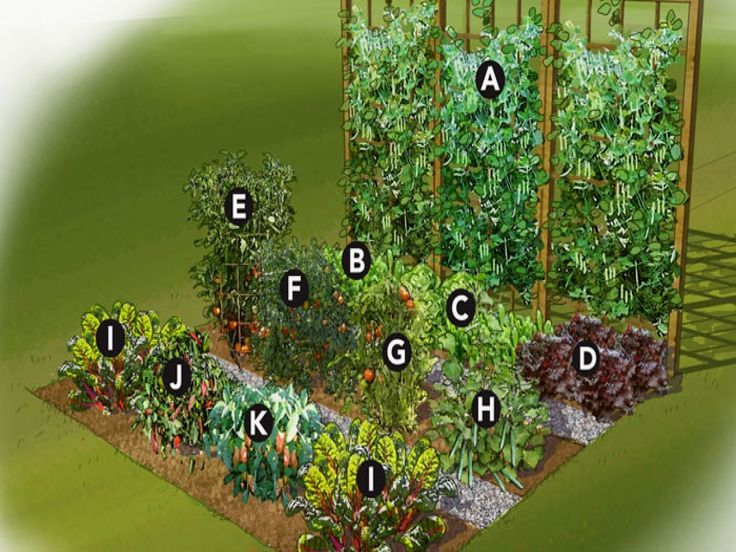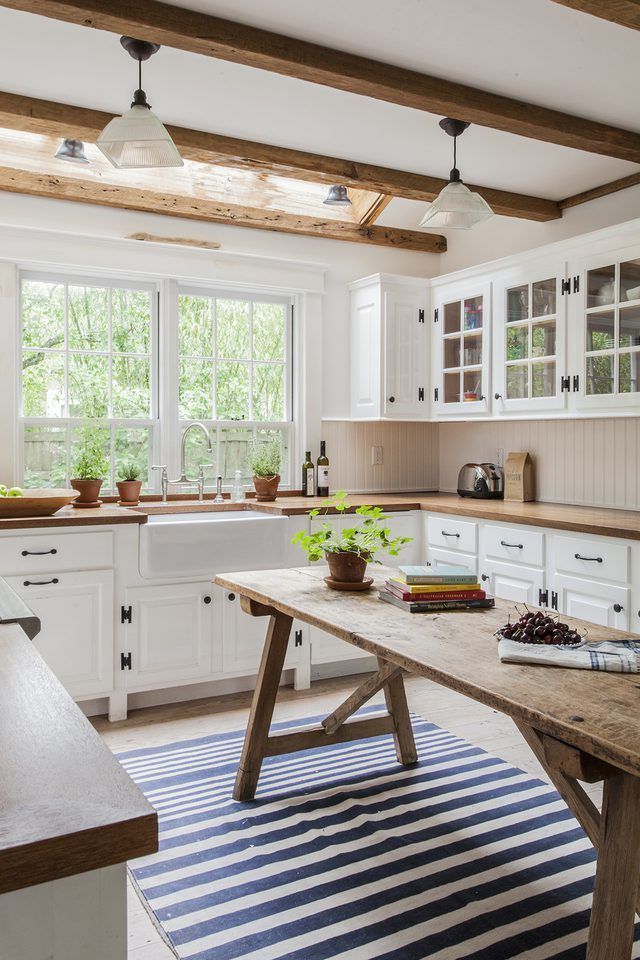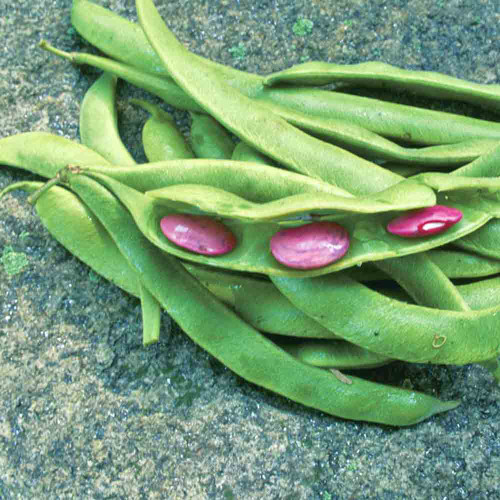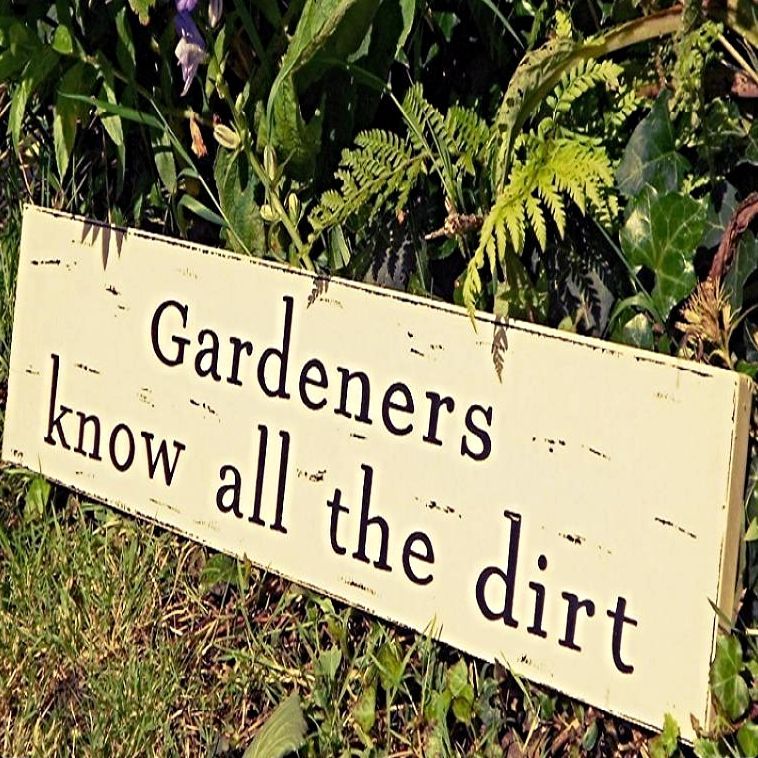Tips for growing cilantro indoors
How to grow cilantro indoors
Many have witnessed the often polarizing effects of the seemingly innocent herb, cilantro. Revered by some as the holy grail of garnishes, a portion of the population disagrees, relating it to the punishment of washing one’s mouth out with soap.
But for those of you on Team Cilantro and looking to grow it indoors as a houseplant, you’re in luck!
Cilantro (Coriandrum sativum) is an excellent herb for growing indoors—as either full-sized plants or microgreens. Plants need at least six hours of full sun per day or supplemental lighting. They prefer temperatures between 50 and 80°F and moist potting soil. Direct seeding is recommended for growing full-sized plants or microgreens; propagation using stem cuttings can be used to grow full-sized plants. Choose plastic or glazed ceramic containers and a growing media that is well-draining.
Supplies for growing cilantro indoors
It’s easy to start growing cilantro indoors, and all you need is a few basic supplies. The supplies required are similar whether you are growing full-sized plants or microgreens, with a couple of exceptions.
Containers
Choose either glazed clay or plastic pots for growing cilantro plants because they keep the soil moister than terra cotta. Make sure the container has drainage holes.
- Full-sized plants do best in deep containers because of their long taproot. If growing a single plant, an 8-inch pot is sufficient; 3 plants can be grown together in a 12-inch container.
- Choose shallow, wide containers or trays for growing microgreens. A 10” x 20” tray is a good size – we recommend this one that you can find on Amazon.
For more on choosing the right pot, check out our complete pot selection guide.
Growing media
Commercial potting mixes and coconut coir both make excellent substrates for growing either plants or microgreens. They are lightweight and have excellent water retention while allowing excess moisture to drain out the growing media quickly.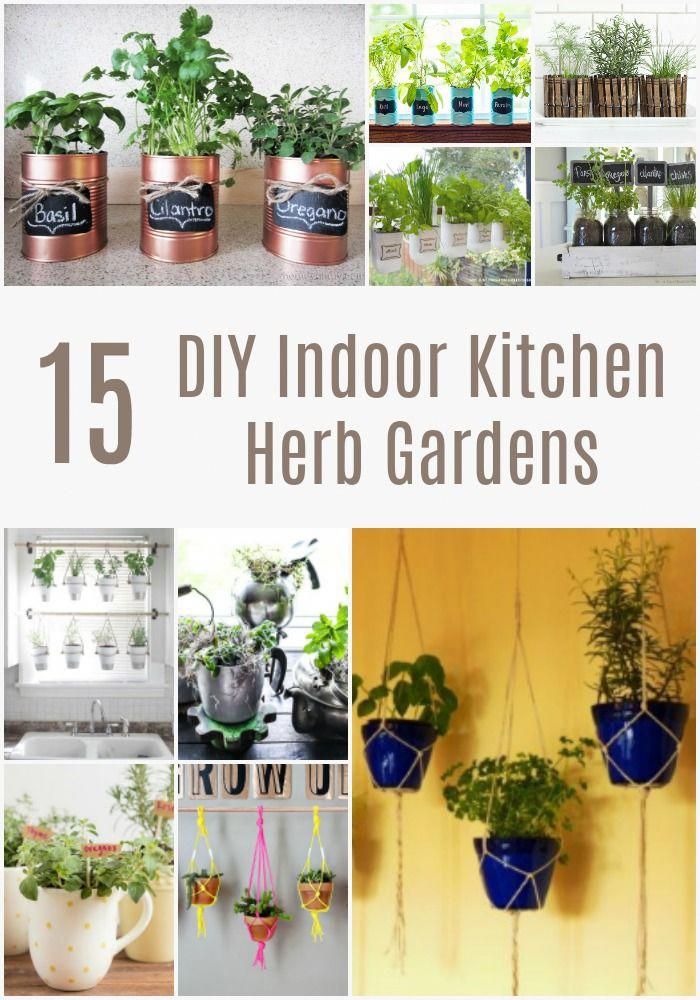
- Potting soils contain no soil but are a mix of peat moss or coconut coir, pine bark, perlite, and vermiculite. Our top pick for potting soil is FoxFarm, and you can find it here on Amazon.
- Coconut coir is a renewable material made from the brown and white fibers found between the shell and the outer coating of a coconut seed.
To learn more about the best substrate for container-grown herbs, read our post on growing media.
Seeds or plants
Starting by seeds is the best option for newbiesThere are different options when it comes to planting cilantro for your herb garden—you can start plants from seed, you can propagate from mature plants, or you can purchase young plants to grow.
- Cilantro seeds are inexpensive and can be used when growing microgreens or full sized-plants.
- Cuttings cost nothing if you have access to a healthy, mature plant but only result in full-sized plants.
- Young plants are the easiest but the most expensive option and cannot grow microgreen, only full-sized plants.

The enthusiast's guide to herbs
We’re proud to present our new e-book, The Enthusiast’s Guide to Herbs! Learn everything you need to know about growing and caring for herbs indoors, including in-depth info cards for the 35 most commonly grown herbs.
Click the link below to find out more!
Find out more
Planting Instructions
The instructions for planting cilantro vary slightly depending on the method and the desired result, i.e., whether you are growing mature plants or just want microgreens.
Starting cilantro from seed:
- Fill the container(s) with the pre-moistened growing media of your choice.
- Plant cilantro seeds ¼” deep and cover lightly with potting soil.
- Place container(s) in an area where the ambient temperature is at least 70°F.
- Keep the soil moist but not saturated. Too much water pushed air out of the growing media in the root zone, causing oxygen deficiencies.
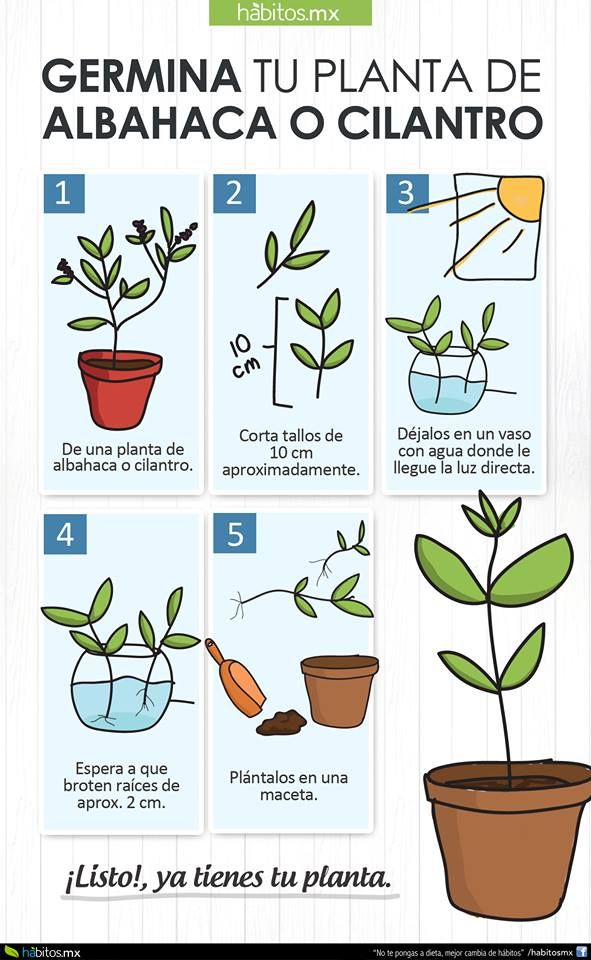
- Thin plants when cilantro seedlings are about two inches tall. Keep the single, best-looking plant for an 8-inch container. A 12-inch container is large enough to grow three seedlings if they are well spaced.
Starting cilantro from stem cuttings:
- Take a 4-inch stem cutting right below a node and remove all of the leaves from the bottom 2 inches of the stem.
- Place the cut end of the stem in a glass or jar of water, allowing it to grow until newly generated roots are a couple of inches long.
- Fill the container(s) with pre-moistened growing media of your choice.
- Carefully plant newly rooted cuttings in the substrate, one cutting per 8-inch pot and 3 per 12-inch container.
Starting microgreens
- Fill the container with potting soil and sow seeds over the entire surface of growing media in the tray. When using a standard seed tray, the best yield is seen when you seed 26 ounces per tray.
 [1]
[1] - Do not cover the seeds with soil, and stack a tray on top to compress the seeds. Use a weight like a hardcover book inside the top tray to provide compression.
- Place container(s) in an area to sprout where the ambient temperature is at least 70°F.
- After 24 hours, use a mister, spray bottle, or fine droplet watering hose, and lightly saturate the soil with water. You do not want to flood the tray, or the seeds will displace. Water once a day, and remember to check the soil surface’s moisture level; always underwater instead of overwater.
Caring for your cilantro plant
Cilantro cuttings in mugLight
Indoor plants need a high amount of sunlight to see maximum growth and yield. Cilantro needs at least 6 to 8 hours of direct sunlight when grown outdoors, so strive for at least this amount inside. South or westwardly-facing window sills provide the most sunlight and are best for growing herbs that need a lot of light.
Oftentimes indoor gardening spaces cannot provide the full-sun conditions similar to growing outside; in this case, plants should be supplemented with light via grow lights. A simple 45 watt LED lamp can be suspended just above the plant’s surface to provide extra light. This prevents the cilantro from becoming “leggy” as it strains to find sunlight. As the plant grows, the light should be raised.
Temperature
Cilantro is classified as a cool-season plant, so it grows best when temperatures are between 50 and 80°F. Seeds need at least 55-68 degrees Fahrenheit to germinate. Plants can survive a light frost when grown outdoors, but ensure plants are protected from chilly drafts when growing containers inside.
One of the benefits of growing cilantro indoors is the controlled environment. When outside temps rise above 85°F, the cilantro plant is triggered to go into reproductive mode. Known as bolting, the leaves become thin, the flavor is lost, and large umbrella-like structures form flowers and seed pods.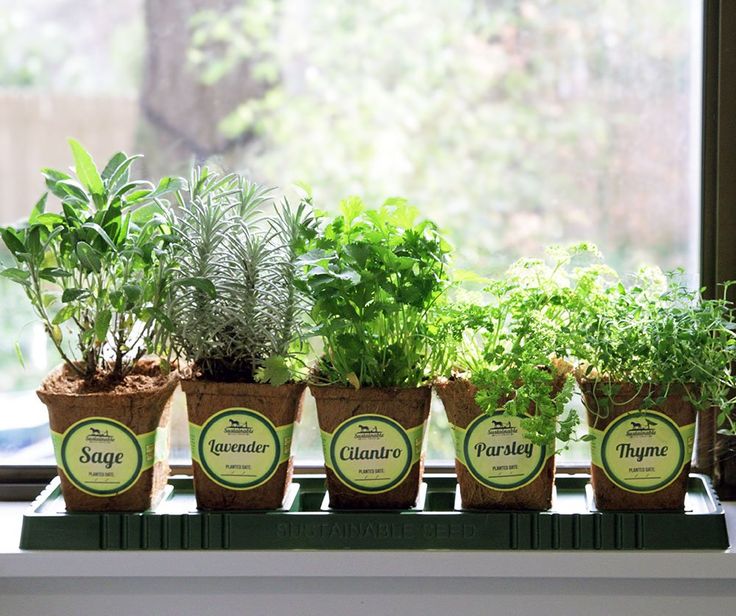
For more information on bolting and how to prevent it, read our article here.
Water
Cilantro growing in containers likes its potting soil to stay moist without being waterlogged. Proper drainage is the key to healthy cilantro.
Water full-sized plants thoroughly—until water runs out the bottom of the container—when the soil surface starts to dry out. Keep soil for microgreens consistently damp without being too wet. Too much soil moisture encourages problems with damping-off, powdery mildew, and aphids, especially with high seed density.
Remember: plants crave moisture, not water, and underwatering is always better than overwatering.
A spray bottle is the ideal method of irrigation when germinating seeds and watering seedlings. A cheap alternative can be a plastic water bottle with small holes punched into the tightened lid. If the soil is so dry that it has difficulty absorbing, be patient; allow the water to saturate the soil before dosing with water again.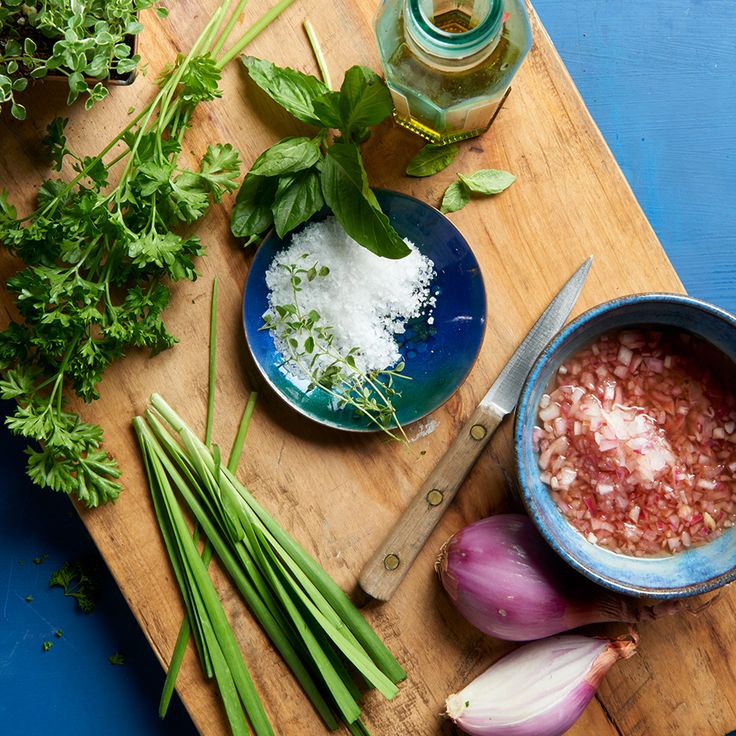
Rainwater or distilled water is best, but tap water is acceptable if you don’t have a water softener. If your water is chlorinated, fill a container with water and let it sit for 24 hours to allow the chlorine to evaporate before using.
Air Circulation
Some air circulation is good for cilantro, especially when growing microgreens. Cilantro is susceptible to damping off, a fungus that first appears as white mold and shrivels the stems until the seedlings die.[2] Prevent this by generating a little air movement through the plants using a small fan.
Fertilizer
Because the cilantro plant will have a finite supply of space in the container and therefore limited nutrients, it is vital to keep your container fertilized. A diluted fish emulsion (like this one you can find here on Amazon) is an excellent option for adding nutrients into the soil, but use the amount recommended for the size of your container. Over fertilizing is just as detrimental!
If you are interested in learning more about fertilizing, check out our post on properly fertilizing herbs.
Harvesting
Freshly cut cilantroHarvesting cilantro happens on a different timeline for microgreens versus full-sized plants. Regardless of the growing method, always use clean scissors and clean hands when harvesting. Microgreens are ready to harvest after about 20 days, full-sized plants are ready when they reach about 6 inches.
Cilantro is an annual herb with a short life cycle. Unfortunately, it’s not a “cut-and-come-again” type of herb and is typically enjoyed for 8-10 weeks. A general rule of thumb is to snip ⅓ of the plant per week.
If you want an endless supply, direct sow your seeds every 2-3 weeks and pinch off the cilantro tops to extend the plant’s lifespan.
History and application of cilantro
Cultures across the globe have embraced cilantro – also known as Chinese parsley – as their own for centuries. The earliest recorded coriander was found in Israel and dates back to 6,000 B.C.E.[3] Pinpointing the origin is difficult, but spanning across cultural cuisines, the herb is almost always used raw.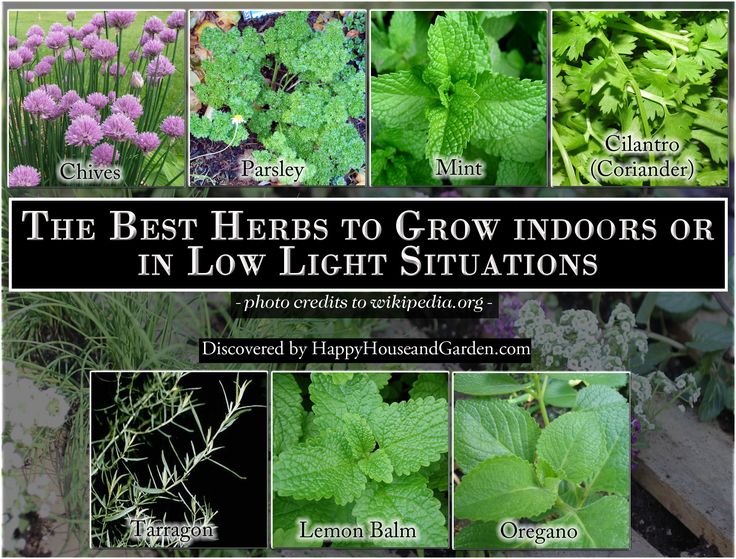 Once dried, the seed heads are used to produce the popular spice coriander.[4]
Once dried, the seed heads are used to produce the popular spice coriander.[4]
In most cuisine, fresh cilantro is used to maintain the complex, acidic, pungent flavor. All varieties will do well in an indoor environment. You’ll find cilantro leaves in Mexican, Indian, Middle Eastern, Asian, South American, and North American cuisine. It is prevalent in salsas and soups.
Medicinal properties of cilantro
Because the use of cilantro and coriander is ancient and widespread, there are many claims to its health benefits and healing properties. Scientific research supports the antioxidant nature of cilantro; leaf extracts can suppress oxidation stress and reduce radical scavengers. [5]
FAQ
Does cilantro grow well in pots?
Yes, cilantro does grow well in pots when adequately cared for. One of the critical steps is choosing pots with drainage holes to allow excess water to drain. Use coconut coir or potting soil to fill containers and keep it moist without it being saturated.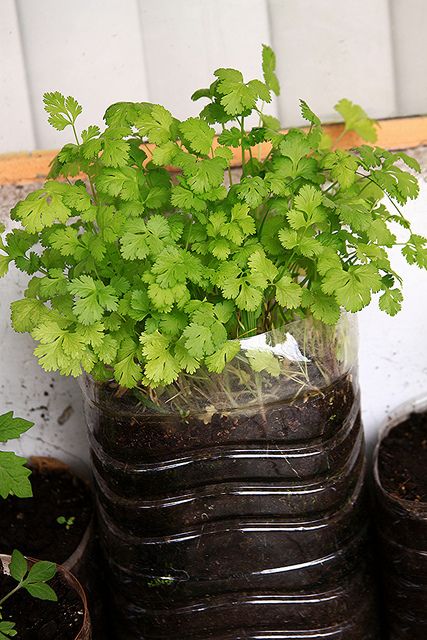 Make sure your plant gets at least 6 to 8 hours of sunlight, and the temperature is between 50 and 80 degrees Fahrenheit.
Make sure your plant gets at least 6 to 8 hours of sunlight, and the temperature is between 50 and 80 degrees Fahrenheit.
Can you grow cilantro inside year-round?
Yes, you can grow cilantro inside year-round, making it so you have a supply of fresh herbs whenever you need it. However, to do so, you will need to plant new seeds continuously, as cilantro is a short-lived annual plant. In the winter, when days are shorter, it may be necessary to supplement lighting with an LED grow lamp.
Does cilantro grow back after harvesting?
No, unlike some other species of herbs, cilantro does not grow back once you harvest material from the plant. It is not considered a “cut-and-come-again” herb, so once you begin harvesting you can expect to harvest leaves for about 8 to 10 weeks before the plant reaches the end of its life.
Join our email club—get printable info cards free!
Sign up to receive our newsletter and get access to 10 printable plant info cards from our e-book for free.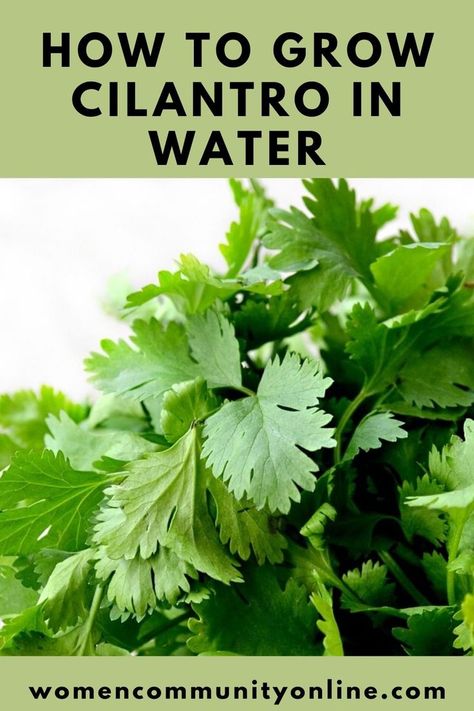 Also receive:
Also receive:
- $4 discount code for our Guide to Herbs e-book
- Semi-weekly plant inspiration & bite-size tips and tricks
Find out more
Johnny’s Selected Seeds. n.d. “Johnny’s Micro Greens Yield Trial: Comparison Chart for 29 Popular Varieties.” Accessed September 27, 2021. ↩︎
Smart Gardener. n.d. “Damping Off.” Accessed September 27, 2021. ↩︎
Levy, Faye. 2006. “Cilantro - the biblical herb.” The Jerusalem Post, February 2, 2006. ↩︎
UF/IFAS Gardening Solutions. n.d. “Cilantro.” Accessed September 27, 2021. ↩︎
Singletary, Keith. 2016. “Coriander: Overview of Potential Health Benefits.” Nutrition Today, 51 (3): 151-161. ↩︎
How to grow cilantro indoors
Many have witnessed the often polarizing effects of the seemingly innocent herb, cilantro. Revered by some as the holy grail of garnishes, a portion of the population disagrees, relating it to the punishment of washing one’s mouth out with soap.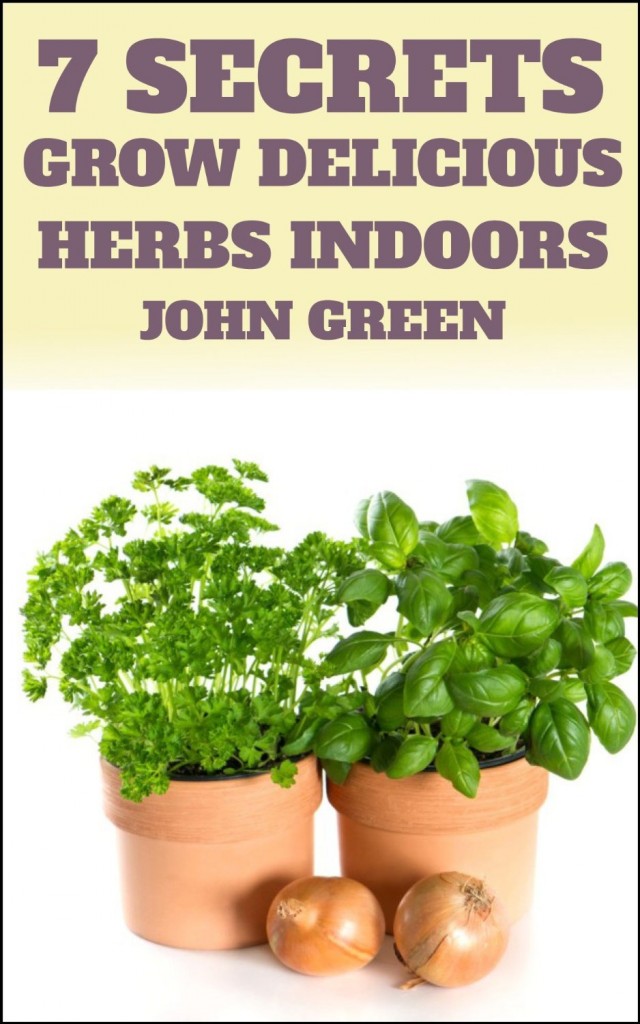
But for those of you on Team Cilantro and looking to grow it indoors as a houseplant, you’re in luck!
Cilantro (Coriandrum sativum) is an excellent herb for growing indoors—as either full-sized plants or microgreens. Plants need at least six hours of full sun per day or supplemental lighting. They prefer temperatures between 50 and 80°F and moist potting soil. Direct seeding is recommended for growing full-sized plants or microgreens; propagation using stem cuttings can be used to grow full-sized plants. Choose plastic or glazed ceramic containers and a growing media that is well-draining.
Supplies for growing cilantro indoors
It’s easy to start growing cilantro indoors, and all you need is a few basic supplies. The supplies required are similar whether you are growing full-sized plants or microgreens, with a couple of exceptions.
Containers
Choose either glazed clay or plastic pots for growing cilantro plants because they keep the soil moister than terra cotta.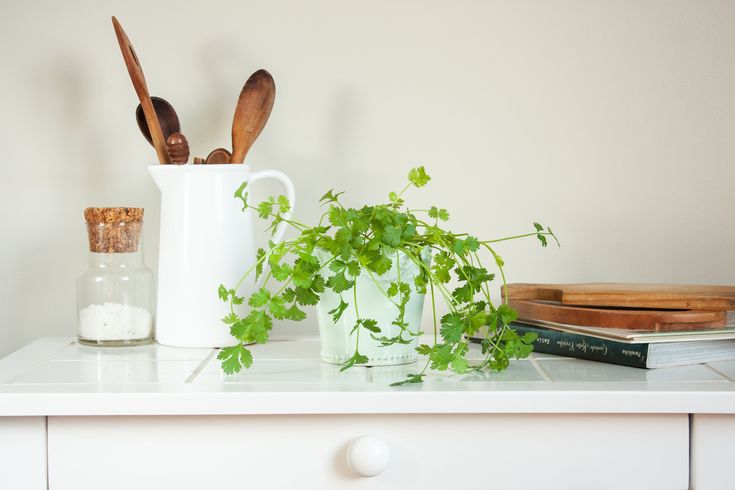 Make sure the container has drainage holes.
Make sure the container has drainage holes.
- Full-sized plants do best in deep containers because of their long taproot. If growing a single plant, an 8-inch pot is sufficient; 3 plants can be grown together in a 12-inch container.
- Choose shallow, wide containers or trays for growing microgreens. A 10” x 20” tray is a good size – we recommend this one that you can find on Amazon.
For more on choosing the right pot, check out our complete pot selection guide.
Growing media
Commercial potting mixes and coconut coir both make excellent substrates for growing either plants or microgreens. They are lightweight and have excellent water retention while allowing excess moisture to drain out the growing media quickly.
- Potting soils contain no soil but are a mix of peat moss or coconut coir, pine bark, perlite, and vermiculite. Our top pick for potting soil is FoxFarm, and you can find it here on Amazon.
- Coconut coir is a renewable material made from the brown and white fibers found between the shell and the outer coating of a coconut seed.

To learn more about the best substrate for container-grown herbs, read our post on growing media.
Seeds or plants
Starting by seeds is the best option for newbiesThere are different options when it comes to planting cilantro for your herb garden—you can start plants from seed, you can propagate from mature plants, or you can purchase young plants to grow.
- Cilantro seeds are inexpensive and can be used when growing microgreens or full sized-plants.
- Cuttings cost nothing if you have access to a healthy, mature plant but only result in full-sized plants.
- Young plants are the easiest but the most expensive option and cannot grow microgreen, only full-sized plants.
The enthusiast's guide to herbs
We’re proud to present our new e-book, The Enthusiast’s Guide to Herbs! Learn everything you need to know about growing and caring for herbs indoors, including in-depth info cards for the 35 most commonly grown herbs.
Click the link below to find out more!
Find out more
Planting Instructions
The instructions for planting cilantro vary slightly depending on the method and the desired result, i.e., whether you are growing mature plants or just want microgreens.
Starting cilantro from seed:
- Fill the container(s) with the pre-moistened growing media of your choice.
- Plant cilantro seeds ¼” deep and cover lightly with potting soil.
- Place container(s) in an area where the ambient temperature is at least 70°F.
- Keep the soil moist but not saturated. Too much water pushed air out of the growing media in the root zone, causing oxygen deficiencies.
- Thin plants when cilantro seedlings are about two inches tall. Keep the single, best-looking plant for an 8-inch container. A 12-inch container is large enough to grow three seedlings if they are well spaced.
Starting cilantro from stem cuttings:
- Take a 4-inch stem cutting right below a node and remove all of the leaves from the bottom 2 inches of the stem.

- Place the cut end of the stem in a glass or jar of water, allowing it to grow until newly generated roots are a couple of inches long.
- Fill the container(s) with pre-moistened growing media of your choice.
- Carefully plant newly rooted cuttings in the substrate, one cutting per 8-inch pot and 3 per 12-inch container.
Starting microgreens
- Fill the container with potting soil and sow seeds over the entire surface of growing media in the tray. When using a standard seed tray, the best yield is seen when you seed 26 ounces per tray. [1]
- Do not cover the seeds with soil, and stack a tray on top to compress the seeds. Use a weight like a hardcover book inside the top tray to provide compression.
- Place container(s) in an area to sprout where the ambient temperature is at least 70°F.
- After 24 hours, use a mister, spray bottle, or fine droplet watering hose, and lightly saturate the soil with water.
 You do not want to flood the tray, or the seeds will displace. Water once a day, and remember to check the soil surface’s moisture level; always underwater instead of overwater.
You do not want to flood the tray, or the seeds will displace. Water once a day, and remember to check the soil surface’s moisture level; always underwater instead of overwater.
Caring for your cilantro plant
Cilantro cuttings in mugLight
Indoor plants need a high amount of sunlight to see maximum growth and yield. Cilantro needs at least 6 to 8 hours of direct sunlight when grown outdoors, so strive for at least this amount inside. South or westwardly-facing window sills provide the most sunlight and are best for growing herbs that need a lot of light.
Oftentimes indoor gardening spaces cannot provide the full-sun conditions similar to growing outside; in this case, plants should be supplemented with light via grow lights. A simple 45 watt LED lamp can be suspended just above the plant’s surface to provide extra light. This prevents the cilantro from becoming “leggy” as it strains to find sunlight. As the plant grows, the light should be raised.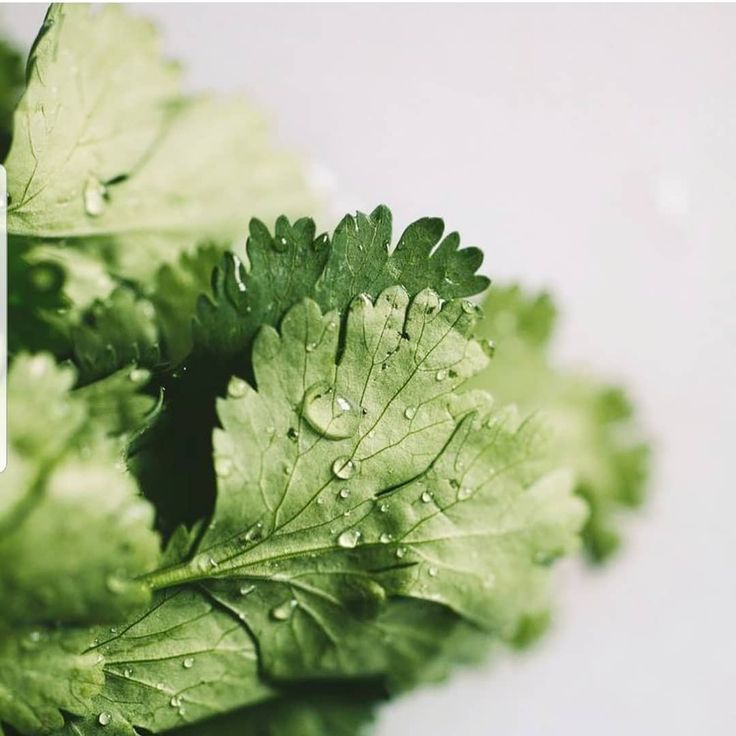
Temperature
Cilantro is classified as a cool-season plant, so it grows best when temperatures are between 50 and 80°F. Seeds need at least 55-68 degrees Fahrenheit to germinate. Plants can survive a light frost when grown outdoors, but ensure plants are protected from chilly drafts when growing containers inside.
One of the benefits of growing cilantro indoors is the controlled environment. When outside temps rise above 85°F, the cilantro plant is triggered to go into reproductive mode. Known as bolting, the leaves become thin, the flavor is lost, and large umbrella-like structures form flowers and seed pods.
For more information on bolting and how to prevent it, read our article here.
Water
Cilantro growing in containers likes its potting soil to stay moist without being waterlogged. Proper drainage is the key to healthy cilantro.
Water full-sized plants thoroughly—until water runs out the bottom of the container—when the soil surface starts to dry out. Keep soil for microgreens consistently damp without being too wet. Too much soil moisture encourages problems with damping-off, powdery mildew, and aphids, especially with high seed density.
Keep soil for microgreens consistently damp without being too wet. Too much soil moisture encourages problems with damping-off, powdery mildew, and aphids, especially with high seed density.
Remember: plants crave moisture, not water, and underwatering is always better than overwatering.
A spray bottle is the ideal method of irrigation when germinating seeds and watering seedlings. A cheap alternative can be a plastic water bottle with small holes punched into the tightened lid. If the soil is so dry that it has difficulty absorbing, be patient; allow the water to saturate the soil before dosing with water again.
Rainwater or distilled water is best, but tap water is acceptable if you don’t have a water softener. If your water is chlorinated, fill a container with water and let it sit for 24 hours to allow the chlorine to evaporate before using.
Air Circulation
Some air circulation is good for cilantro, especially when growing microgreens.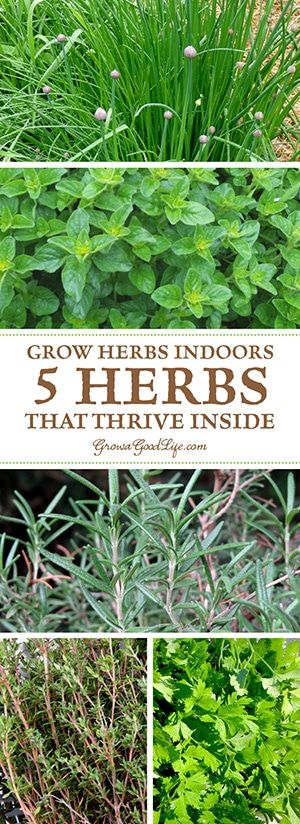 Cilantro is susceptible to damping off, a fungus that first appears as white mold and shrivels the stems until the seedlings die.[2] Prevent this by generating a little air movement through the plants using a small fan.
Cilantro is susceptible to damping off, a fungus that first appears as white mold and shrivels the stems until the seedlings die.[2] Prevent this by generating a little air movement through the plants using a small fan.
Fertilizer
Because the cilantro plant will have a finite supply of space in the container and therefore limited nutrients, it is vital to keep your container fertilized. A diluted fish emulsion (like this one you can find here on Amazon) is an excellent option for adding nutrients into the soil, but use the amount recommended for the size of your container. Over fertilizing is just as detrimental!
If you are interested in learning more about fertilizing, check out our post on properly fertilizing herbs.
Harvesting
Freshly cut cilantroHarvesting cilantro happens on a different timeline for microgreens versus full-sized plants. Regardless of the growing method, always use clean scissors and clean hands when harvesting.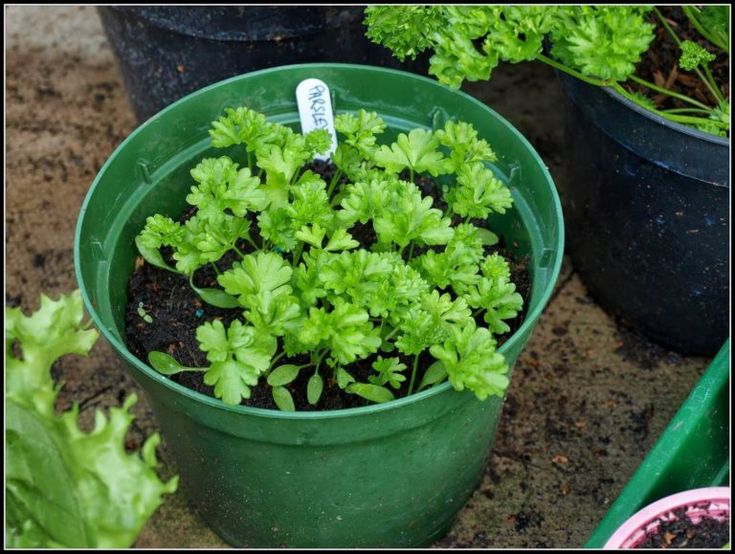 Microgreens are ready to harvest after about 20 days, full-sized plants are ready when they reach about 6 inches.
Microgreens are ready to harvest after about 20 days, full-sized plants are ready when they reach about 6 inches.
Cilantro is an annual herb with a short life cycle. Unfortunately, it’s not a “cut-and-come-again” type of herb and is typically enjoyed for 8-10 weeks. A general rule of thumb is to snip ⅓ of the plant per week.
If you want an endless supply, direct sow your seeds every 2-3 weeks and pinch off the cilantro tops to extend the plant’s lifespan.
History and application of cilantro
Cultures across the globe have embraced cilantro – also known as Chinese parsley – as their own for centuries. The earliest recorded coriander was found in Israel and dates back to 6,000 B.C.E.[3] Pinpointing the origin is difficult, but spanning across cultural cuisines, the herb is almost always used raw. Once dried, the seed heads are used to produce the popular spice coriander.[4]
In most cuisine, fresh cilantro is used to maintain the complex, acidic, pungent flavor.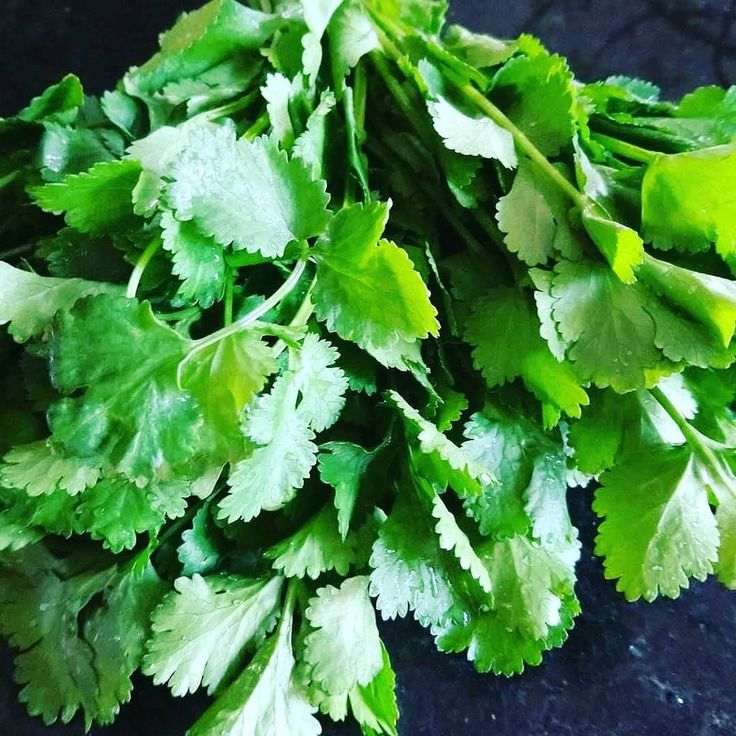 All varieties will do well in an indoor environment. You’ll find cilantro leaves in Mexican, Indian, Middle Eastern, Asian, South American, and North American cuisine. It is prevalent in salsas and soups.
All varieties will do well in an indoor environment. You’ll find cilantro leaves in Mexican, Indian, Middle Eastern, Asian, South American, and North American cuisine. It is prevalent in salsas and soups.
Medicinal properties of cilantro
Because the use of cilantro and coriander is ancient and widespread, there are many claims to its health benefits and healing properties. Scientific research supports the antioxidant nature of cilantro; leaf extracts can suppress oxidation stress and reduce radical scavengers. [5]
FAQ
Does cilantro grow well in pots?
Yes, cilantro does grow well in pots when adequately cared for. One of the critical steps is choosing pots with drainage holes to allow excess water to drain. Use coconut coir or potting soil to fill containers and keep it moist without it being saturated. Make sure your plant gets at least 6 to 8 hours of sunlight, and the temperature is between 50 and 80 degrees Fahrenheit.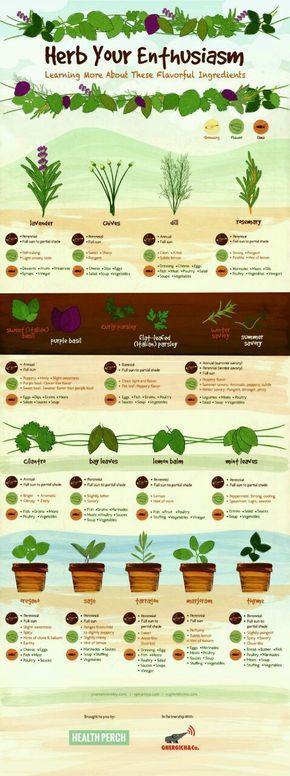
Can you grow cilantro inside year-round?
Yes, you can grow cilantro inside year-round, making it so you have a supply of fresh herbs whenever you need it. However, to do so, you will need to plant new seeds continuously, as cilantro is a short-lived annual plant. In the winter, when days are shorter, it may be necessary to supplement lighting with an LED grow lamp.
Does cilantro grow back after harvesting?
No, unlike some other species of herbs, cilantro does not grow back once you harvest material from the plant. It is not considered a “cut-and-come-again” herb, so once you begin harvesting you can expect to harvest leaves for about 8 to 10 weeks before the plant reaches the end of its life.
Join our email club—get printable info cards free!
Sign up to receive our newsletter and get access to 10 printable plant info cards from our e-book for free. Also receive:
- $4 discount code for our Guide to Herbs e-book
- Semi-weekly plant inspiration & bite-size tips and tricks
Find out more
Johnny’s Selected Seeds.
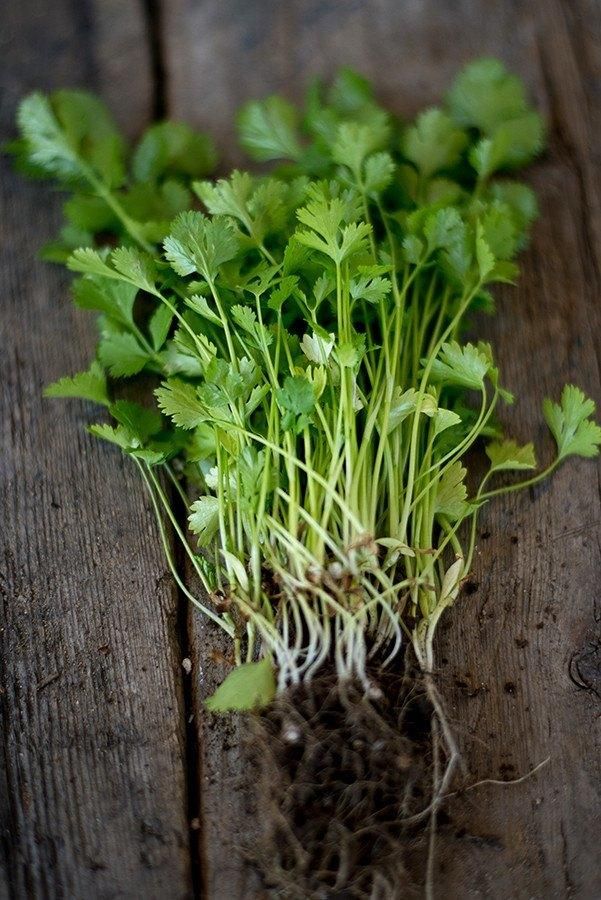 n.d. “Johnny’s Micro Greens Yield Trial: Comparison Chart for 29 Popular Varieties.” Accessed September 27, 2021. ↩︎
n.d. “Johnny’s Micro Greens Yield Trial: Comparison Chart for 29 Popular Varieties.” Accessed September 27, 2021. ↩︎Smart Gardener. n.d. “Damping Off.” Accessed September 27, 2021. ↩︎
Levy, Faye. 2006. “Cilantro - the biblical herb.” The Jerusalem Post, February 2, 2006. ↩︎
UF/IFAS Gardening Solutions. n.d. “Cilantro.” Accessed September 27, 2021. ↩︎
Singletary, Keith. 2016. “Coriander: Overview of Potential Health Benefits.” Nutrition Today, 51 (3): 151-161. ↩︎
Cilantro on the windowsill
Author Biomaster Reading 5 min Published
Cilantro grows beautifully on the windowsill and gives fragrant greenery, so loved by many. Its peculiar taste is not like any other spice. How to grow cilantro at home, read the article.
Contents of the page
Cilantro or coriander?
Botanical name - Creeping coriander.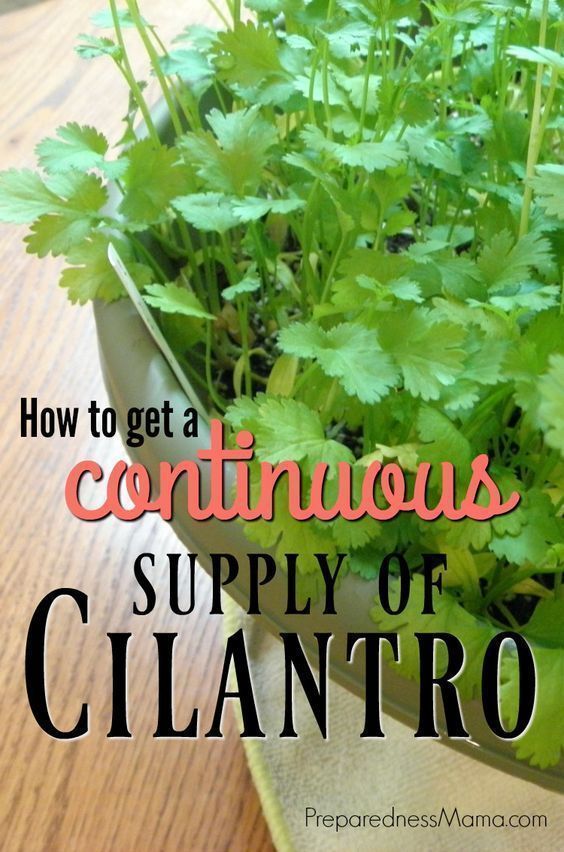 This name is common in Europe and its origin is Greek. The word kinza (kindza) is borrowed from the Georgian language. In different countries, this plant is called - kishnets, kolandra, kuzbara, etc. nine0005
This name is common in Europe and its origin is Greek. The word kinza (kindza) is borrowed from the Georgian language. In different countries, this plant is called - kishnets, kolandra, kuzbara, etc. nine0005
Intended homeland - Eastern Mediterranean. Even in ancient times, coriander spread to adjacent territories. Its seeds have been found in the pyramids of Egypt dating back to the second millennium BC, it is mentioned in the Old Testament.
Each region developed its own varieties. In addition, the traditional use of this ancient cultivated plant in cooking and medicine developed. So, in Georgia, Armenia, both the green part and the fruits are loved, in other areas they prefer seeds. The spicy taste of cilantro is due to the essential oils in all parts of the plant, but they are chemically different, so the taste of the leaves is very different from the taste of the seeds. The content of other plant components that also affect taste sensations - oils, vitamins, acids, tannins, resins, sugars in percentage terms is very different in coriander, which grows in different countries. How to grow other herbs at home read in article .
How to grow other herbs at home read in article .
Growing conditions
Tank
Growing cilantro at home is not difficult.
Capacities are selected plastic, ceramic, any size.
Medium pot (15-20 cm) fits 2-3 bushes. In large containers, the distance between plants must be at least 7 cm.
Drainage is essential - water must easily pass through all layers.
Lighting
Prefers indirect light, but can withstand direct sunlight. In summer, the southern, western and eastern windows are provided with natural light. In winter, at home, they are illuminated with fluorescent lamps and LEDs. nine0005
Temperature
Not sensitive to temperature. Withstands significant temperature fluctuations. Seeds can germinate even at 6°C. With its increase - about 30 ° C and above, the rapid formation of peduncles begins.
Moderate room temperature is great for growing cilantro.
Watering
Watering abundantly, especially when the plant is on the southern windows with bright sunlight.
Soil and fertilizer
The soil mixture is made light and fertile, pH 6.5-7.5. A mixture of soddy soil, humus, sand, coconut fiber (peat) in equal proportions is well suited. A common reason for growing failure is too acidic soil, which has a lot of peat. When using purchased soil, special attention should be paid to its acidity.
Feeding is not necessary if the soil is fertile, because cilantro has a short growing season and there are enough nutrients for its development. If there are doubts about the quality of the soil, they are fed with complex mineral fertilizers with a high nitrogen content to build up green mass 2-3 weeks after germination. Fertilizers should be dominated by phosphorus and potassium at the stage of seed ripening. nine0005
The process of growing cilantro
For sowing, fresh seeds are taken and sown immediately in a permanent place: cilantro does not tolerate transplantation. Seeds are planted to a depth of 1-2 cm, 2-3 seeds are placed in each hole. The distance between the holes is 7-10 cm. Cover with a transparent covering material to increase humidity.
Seedlings appear in the open field in 2-3 weeks, and even faster at home. When the seedlings grow a little, the weak ones are removed, leaving 1 plant in each hole. The soil is kept constantly moist - watered abundantly, and as soon as the top layer begins to dry out, water again. High-quality tender greens are obtained with sufficient moisture, otherwise the leaves will be rough, and the taste will become worse. It is mainly consumed fresh, because when dried, the taste becomes completely different. nine0005
Leaves begin to be harvested after 30-50 days (depending on the variety), when the plants reach a height of 15-20 cm.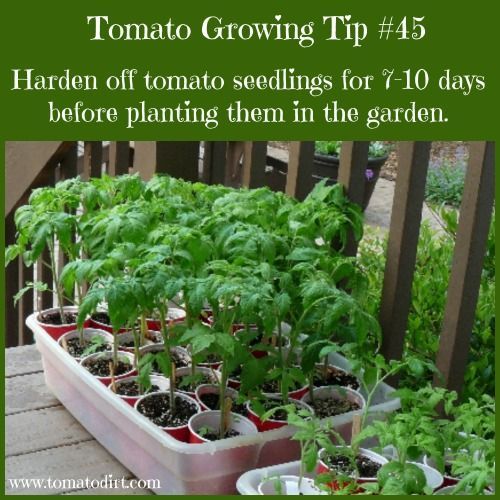 Harvesting is carried out in three ways: the leaves are stripped, the rosette is cut off before the stalking phase, or the plant is pulled out of the ground along with the root. Regular removal of flower arrows slightly prolongs the collection of greenery. A change in taste and stiffness becomes a signal of the unsuitability of cilantro for food.
Harvesting is carried out in three ways: the leaves are stripped, the rosette is cut off before the stalking phase, or the plant is pulled out of the ground along with the root. Regular removal of flower arrows slightly prolongs the collection of greenery. A change in taste and stiffness becomes a signal of the unsuitability of cilantro for food.
Seeds mature in 90-120 days: their color turns brown and they fall off heavily. At home, it is easy to adapt to their collection, but you can do otherwise, as is customary on an industrial scale. The fruits are harvested at the stage of wax ripeness, laid out in the shade and dried for 2 weeks. During this time, full ripening occurs and they can be planted again. nine0005
Coriander has a short growing season during which the greens are obtained, and crops are planted every 2-3 weeks to ensure regular supply. In winter, they must be artificially illuminated, otherwise they will stretch out and develop slowly.
Best cultivars for growing
Varietal cilantro is cultivated indoors.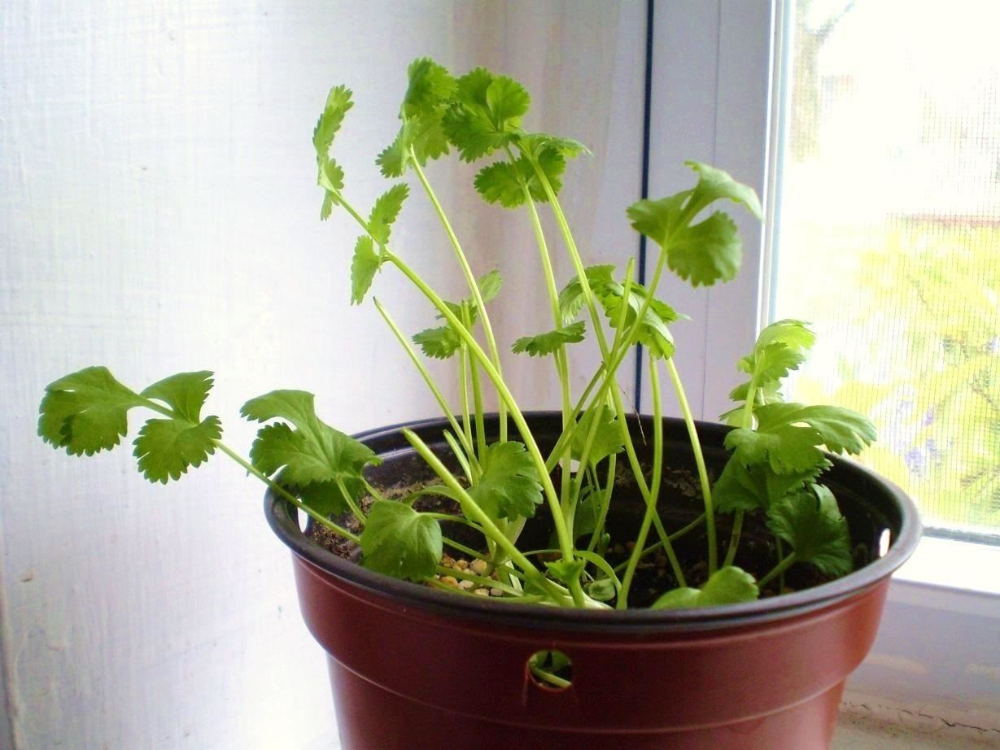
The plant quickly develops flower arrows, after which the greens become unusable. Therefore, breeders purposefully breed varieties whose cultivation is intended to obtain green mass, which increases this process in time. In addition, the leaves should retain tenderness and aroma for as long as possible, and there should be a lot of them. Varieties Pervenets, Venus, Eva, Caribe fully meet these requirements. nine0005
Varieties such as Ararat, Venus give a high yield of greenery, endure low temperatures and therefore they can be sown on cold windows, loggias and balconies.
Industrial varieties (Alekseevsky and others) used to obtain seeds in the open field grow worse at home than vegetable varieties. They quickly give seeds, and you can grow them outside the window in the summer.
Cilantro on the windowsill will not only decorate the interior, but will also be a storehouse of the maximum content of nutrients in ideal proportions when freshly picked. nine0005
nine0005
Choosing a place, pot and soil, features of sowing and leaving for the spacing in 2022 on the Gudgrint
Content
- Suitable place
- Planting capacity
- TRUE
- Sowing ,
- Cybecking for cilantro during cultivation
- Watering, feeding
- Possible diseases
Cilantro on the windowsill is still a rare guest, meanwhile, growing this herb is no more difficult than parsley or dill. The spicy plant has a specific aroma that is not pleasant to everyone, but the herb also has its devoted fans. Cilantro seeds are known by another name - coriander. They are used as a spice. Success in growing spices largely depends on the choice of high-quality seeds and a suitable place in the apartment, preparatory measures and further plant care. nine0005
Selecting a suitable location
In the garden, cilantro grows best in full sun. The light needs of the plant must also be taken into account when grown indoors. If possible, it is better to choose the most illuminated window sill on the south or east side. If only a western or northern window is available, the use of backlighting is indispensable.
If possible, it is better to choose the most illuminated window sill on the south or east side. If only a western or northern window is available, the use of backlighting is indispensable.
With sufficient light, cilantro will grow well, and its leaves will acquire a rich, bright color. The lack of light deprives the plant of strength, it grows poorly, is distinguished by elongated stems and sparse leaves. nine0005
Fluorescent and fluorescent lamps can be used for illumination: they are economical, do not emit excess heat and provide uniform illumination. The best option is to use fitolamps specially designed to illuminate indoor plants. However, the purchase of such equipment will be quite expensive.
Don't worry if it's cool on the windowsill. Despite the fact that cilantro is native to warm countries, the plant is not too sensitive to low temperatures. nine0005
Planting container
To plant cilantro at home, you do not need any special container.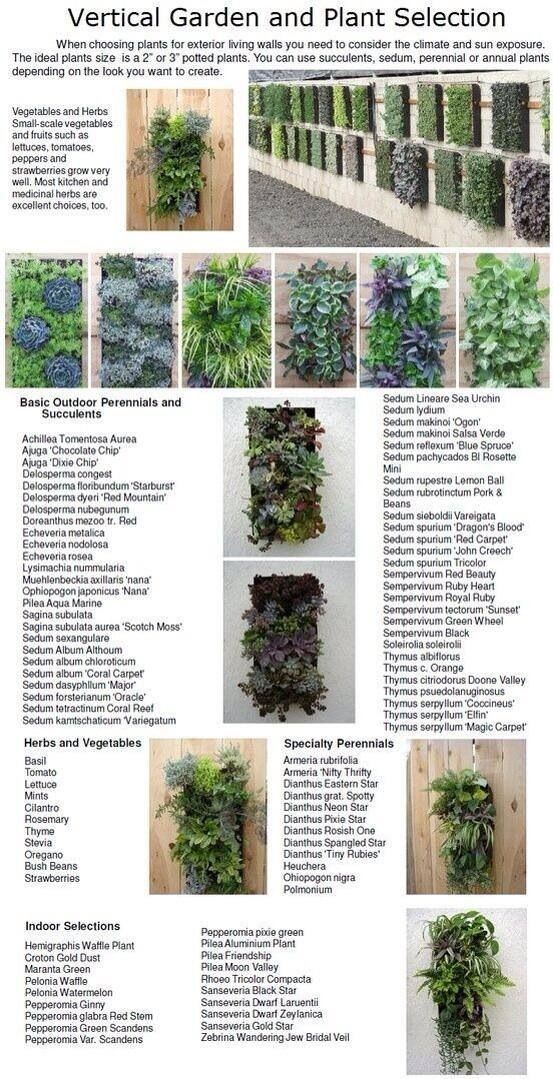 A used flower pot or plastic container 25–30 cm high will do just fine.
A used flower pot or plastic container 25–30 cm high will do just fine.
Part of the volume will be occupied by the drainage layer. Can be used as a drain:
- expanded clay;
- foam chips;
- broken brick;
- clay shards.
Before use, the pot must be thoroughly rinsed and rinsed with boiling water to disinfect. The bottom of the container must necessarily contain several drainage holes for excess liquid to flow out after watering. When using ceramics, it is better to refuse products covered with glaze. Preference should be given to ordinary clay pots with porous walls that allow air to pass through. nine0005
Elongated plastic containers are well suited for growing herbs, where several bushes of the same or different types can grow at once. Rectangular containers should also be used if long fluorescent lamps are selected for illumination. Under such conditions, the lighting will be organized optimally.
Ground requirement
Growing cilantro from seed will not work well when planted in poor soil.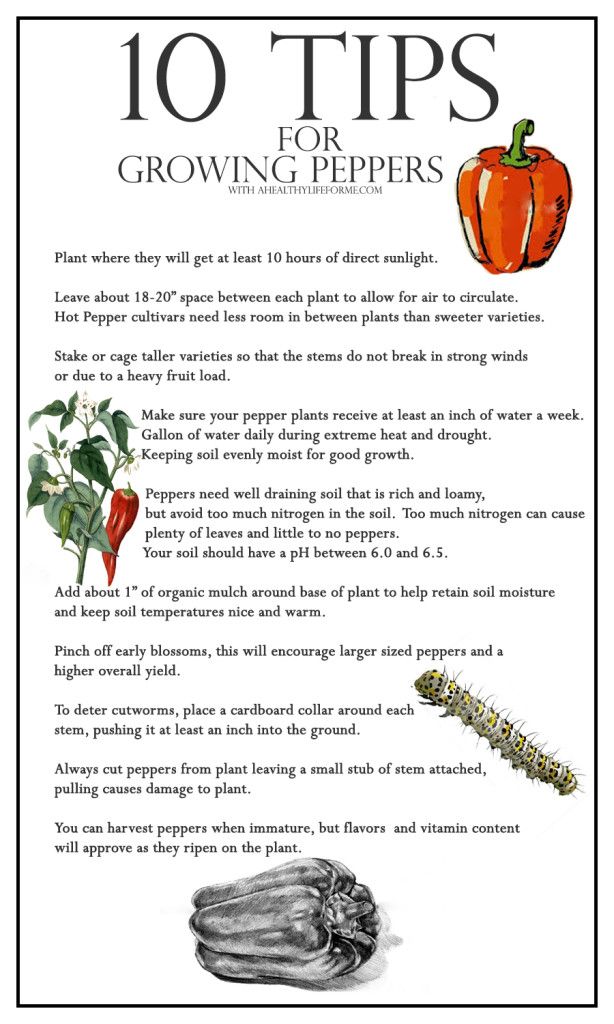 For planting, you can take different soil, the main thing is that it be loose and fertile. It could be:
For planting, you can take different soil, the main thing is that it be loose and fertile. It could be:
- nutritious garden soil;
- commercial universal primer;
- a mixture of equal parts of turf and humus with the addition of 0.5 parts of sand.
The soil must be disinfected by steaming in the oven for 20-30 minutes. This procedure can be replaced by a hot solution of potassium permanganate. Purchased soil does not need to be processed, it goes through all the necessary procedures at the factory.
Land preparation should be done 5-7 days before the expected sowing date. By the time of planting, excess moisture should evaporate from the soil, and it will take time to restore the soil microflora. nine0005
Terms and features of sowing
For growing at home, it is better to choose varieties that give compact bushes, such as Charm, Luch, Shiko. Adult specimens of these varieties reach a height of 50–55 cm. Varieties also differ in terms of ripening.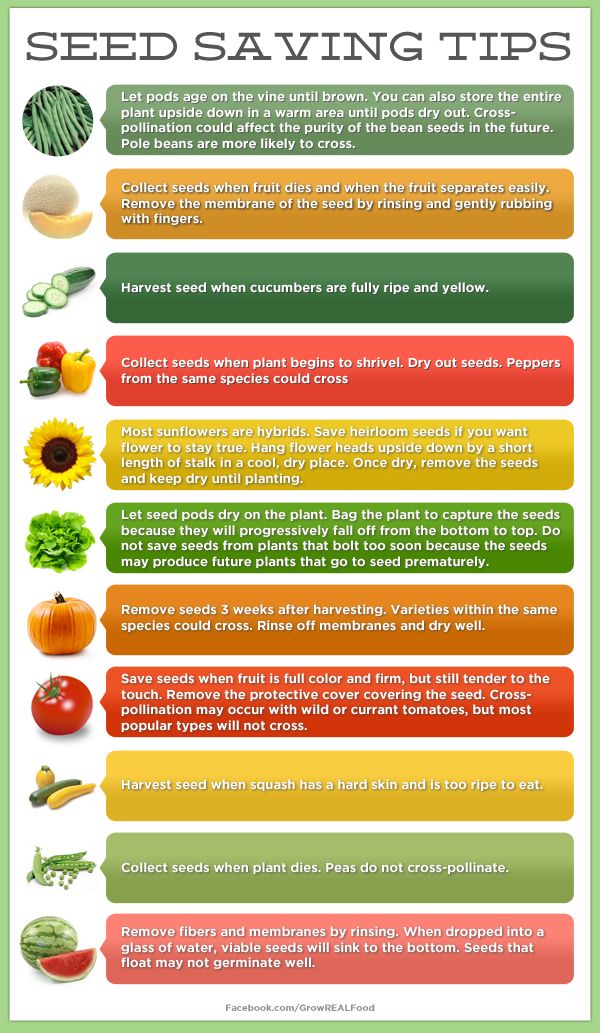 The growing season for cilantro lasts an average of 35–45 days. If the goal is to grow greens on the windowsill all winter, sowing should be done at intervals of 30 days.
The growing season for cilantro lasts an average of 35–45 days. If the goal is to grow greens on the windowsill all winter, sowing should be done at intervals of 30 days.
When buying seeds, pay attention to the expiration date. After 2 years from the date of collection, the percentage of germination of the seed is significantly reduced. nine0005
Do not buy coriander sold in grocery stores for planting, as these seeds have been heat-treated and will not sprout.
Before planting, it is advisable to soak the seeds in warm water for 2-3 hours. Under the influence of moisture, the shell will soften, which will allow the seeds to hatch faster. The percentage of germination in this case will also be higher.
Sowing can be done at any time of the year. Of course, in autumn and winter, plants will need more care, in particular, the organization of daily lighting. nine0005
In practice, the sowing procedure is as follows:
- Place drainage on one prepared container.

- The container is then filled with slightly damp soil.
- The earth must be homogeneous in structure - large clods are crushed.
- With any suitable object, make holes 2 cm deep at a distance of 5-6 cm from each other and lay the seeds in them.
- Lightly sprinkle the seeds with dry earth on top.
After sowing, lightly spray the surface of the soil with a spray gun and cover with a film to create greenhouse conditions. Now the container with crops needs to be placed in the warmest place of the apartment. After the sprouts hatch, the shelter is removed and the container is moved to the most illuminated place. nine0005
Care of cilantro during cultivation
For the full development of greenery, you need to create the most comfortable conditions. The backlight is turned on daily for 5-9 hours, depending on the length of daylight hours. The culture calmly tolerates temperatures of 7–10 ° C, but still this should not be abused by arranging long-term ventilation, as in this case the growth of cilantro will slow down.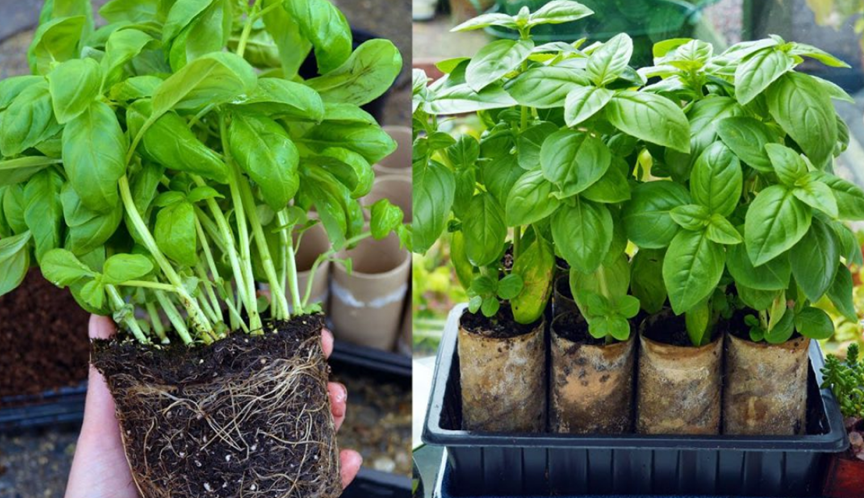 The plant will develop best at a temperature of 20–25 ° C. Drafts when growing greenery on the window are unacceptable. nine0005
The plant will develop best at a temperature of 20–25 ° C. Drafts when growing greenery on the window are unacceptable. nine0005
To make the bush even and fluffy, the container is turned from time to time with the other side to the light. In this case, the cilantro will develop evenly.
If the crops turned out to be thickened, they are thinned out as the seedlings grow.
Plants should not be allowed to bloom. Peduncles are removed as soon as they appear. Overgrown leaves are cut with scissors or carefully pinched off with your hands.
Watering, feeding
Watering should be regular but moderate. Cilantro needs moisture, but it does not tolerate waterlogging. The remaining water after watering must be drained from the pan. Preliminarily, the water is settled for a day, its temperature should not be lower than room temperature. You can increase the humidity in the room by spraying the air near plants or by installing a household humidifier on the windowsill.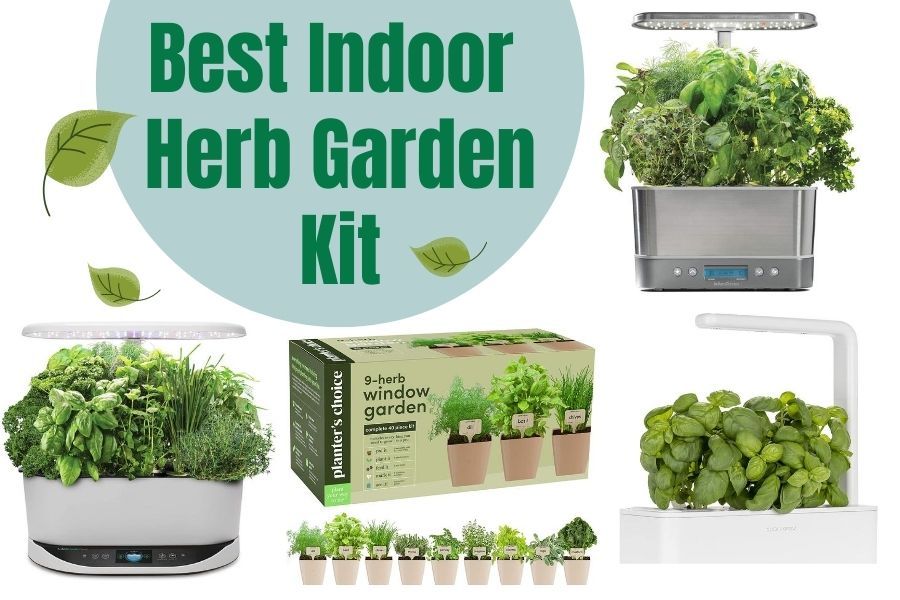 nine0005
nine0005
For the entire period of growth, cilantro is fed 2 to 4 times, assessing the condition of the bushes. For top dressing, a mineral complex fertilizer is used, for example, "Ideal" or "Rainbow" in liquid form. To prepare a nutrient solution, dilute 10 ml (2 tsp) fertilizer in 1 liter of water. It is necessary to water the greens with mineral top dressing under the root a few hours after regular watering.
Possible diseases
Due to non-compliance with the conditions of maintenance, cilantro can be affected by fungal diseases. nine0005
- Ramulariasis occurs in conditions of high humidity, manifesting itself by the appearance of rusty-brown spots.
- If the air, on the other hand, is too dry and warm, the plant can become ill with powdery mildew, a characteristic feature of which is a white fluffy coating that affects the leaves.
At the first signs of either disease, cut off the affected branches on the bushes and correct the conditions.
